Account Login
- Home
- Mobiles
-
- News
-
All news
Latest news

Nov 08, 2025 /
12 Xiaomi Phones Testing HyperOS 3 on Android 15

Oct 23, 2025 /
Nubia Z80 Ultra Launches with Snapdragon 8 Elite Gen 5 Power

Oct 22, 2025 /
HarmonyOS 6 Public Beta: Full Device List and New Features

Oct 20, 2025 /
Honor Robot Phone with Fold-Out Camera Teased for 2026

Oct 20, 2025 /
iQOO 15 Official: Snapdragon 8 Elite Gen 5, 7,000mAh Battery
-
- Reviews
-
All reviews
Latest reviews

Jun 14, 2024 /
FreeYond M5A : A New Name in Budget Mobile
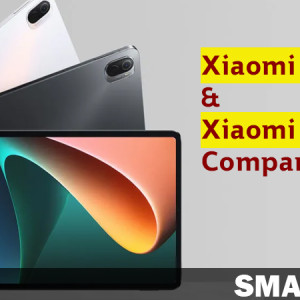
Apr 23, 2023 /
Xiaomi Pad 6 vs Xiaomi Pad 6 Pro Comparison
-
- Other
- Contact Us
Top 10 Smartphones
| Device | Total hits | ||
|---|---|---|---|
| 1 |
| 29215 | 2 |
| 25216 | 3 |
| 23170 | 4 |
| 21615 | 5 |
| 21603 | 6 |
| 20676 | 7 |
| 20614 | 8 |
| 20029 | 9 |
| 19819 | 10 |
| 19687 |
Best Ratings
Latest News
Latest Reviews
12 Xiaomi Phones Testing HyperOS 3 on Android 15
Nov 08, 2025 Chathura Prabhaswara Gamage News 21 hits
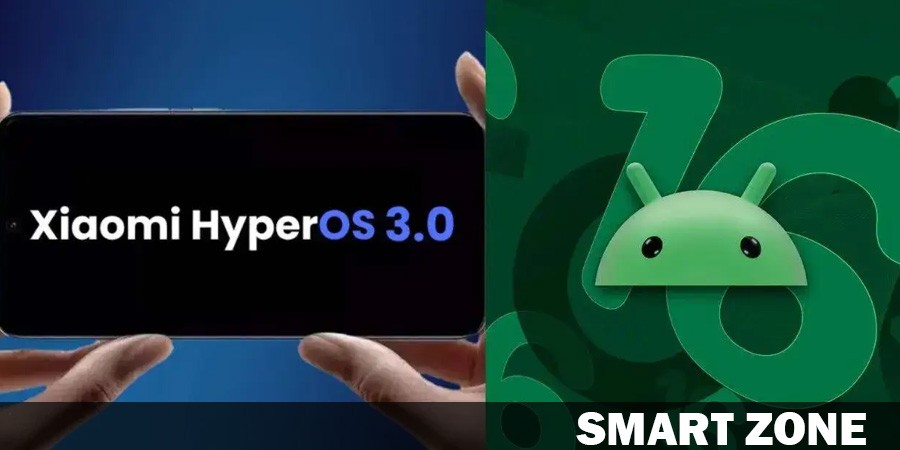
12 Xiaomi Phones Spotted Running HyperOS 3 on Android 15
Xiaomi is showing no signs of slowing down as 2025 nears its end. According to fresh internal test logs, the brand is actively developing HyperOS 3 based on Android 15 for at least a dozen smartphones and tablets. The testing covers several Xiaomi, Redmi, and POCO devices, along with a few Pad units. For some older models, this could be their final major Android update.
HyperOS 3 on Android 15: What’s Happening Behind the Scenes
The upcoming HyperOS 3 update is shaping up to be Xiaomi’s most significant platform refresh since it replaced MIUI. While newer flagship devices are expected to move to Android 16 next year, Android 15 will serve as the last major stop for many mid-range and older phones. Internal testing like this often indicates that a public beta rollout isn’t far away—possibly by early 2026 if Xiaomi follows its usual Q4 development timeline.
First Batch of Devices Testing HyperOS 3
Based on internal server data, the following models are currently part of the first batch of Android 15-based HyperOS 3 testing:
- Redmi Note 13 5G / Note 13R Pro / POCO X6 Neo (China OS3.0.0.4.VNQCNXM | Global OS3.0.0.2.VNQMIXM | EEA OS3.0.0.2.VNQEUXM)
- POCO F5 Pro / Redmi K60 (China OS3.0.0.4.VMNCNXM | Global OS3.0.0.1.VMNMIXM)
- Xiaomi 13 Lite / Civi 2 (EHP OS3.0.0.1.VLLEUXM)
- Xiaomi 12T Pro / Redmi K50 Ultra (China OS3.0.0.1.VLFCNXM)
- Xiaomi 12 Pro / Xiaomi 12 / Xiaomi 12S Ultra (CN builds)
- Redmi K60 Pro, Note 12T Pro, MIX Fold 2, Xiaomi Pad 6 Pro, and Civi 3
The Redmi Note 13 5G appears to be the leading candidate for a global rollout, potentially becoming the first Xiaomi phone outside China to receive the Android 15-based HyperOS 3 update.
Where Are the Missing Devices?
Interestingly, some popular models are missing from the list. Phones like the Xiaomi 12S, 12S Pro, POCO F5, POCO M6 Pro, Redmi Note 12 Turbo, and Xiaomi 12T have yet to appear in the internal testing data. This could mean Xiaomi hasn’t started testing them—or that they may not receive Android 15 at all. Given Xiaomi’s history of providing only two major Android updates for many mid-range phones, this isn’t entirely unexpected.
What’s New in HyperOS 3
Although Xiaomi hasn’t revealed the full changelog, Android 15 itself introduces significant improvements in energy efficiency, app performance, and privacy controls. On top of that, HyperOS 3 brings a refreshed interface with cleaner icons, smoother animations, and enhanced inter-device synchronization. Users can expect snappier performance, slightly better battery life, and tighter integration across Xiaomi phones, tablets, and smart gadgets.
However, Xiaomi insiders suggest that for some older devices, HyperOS 3 could mark their final stop—no Android 16 and no HyperOS 3.1 updates afterward.
Summary: Key Takeaways
- Xiaomi is internally testing HyperOS 3 (Android 15) on 12 Xiaomi, Redmi, and POCO devices.
- Redmi Note 13 5G is expected to lead the global rollout phase.
- Some popular models like the POCO F5 and Xiaomi 12S are still missing from the testing logs.
- Android 15 and HyperOS 3 promise smoother UI, better power efficiency, and stronger privacy protections.
- For several older models, HyperOS 3 will likely be the final software upgrade.

















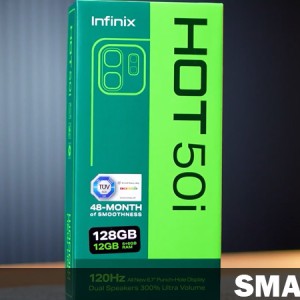
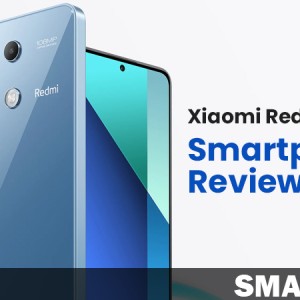








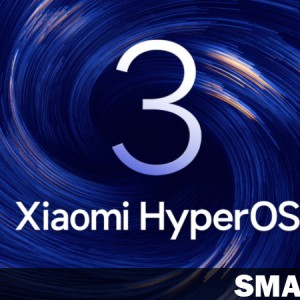
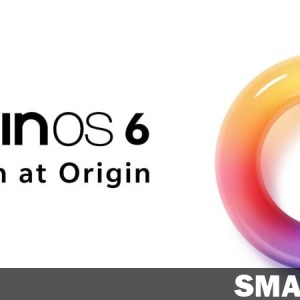
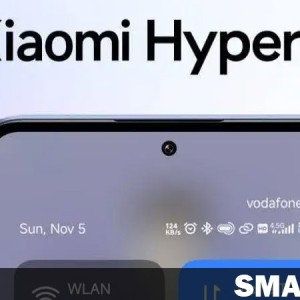
Leave a comment: